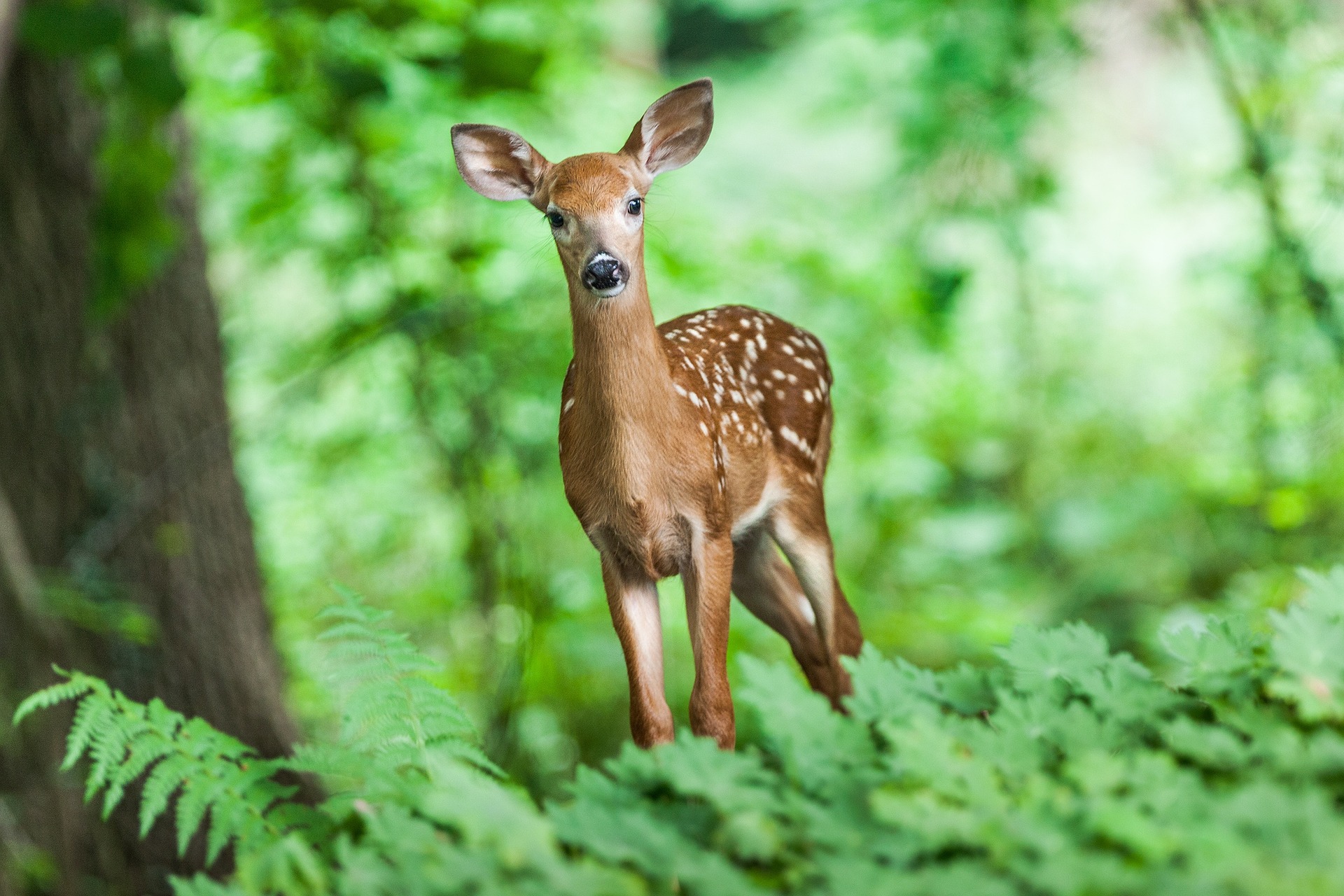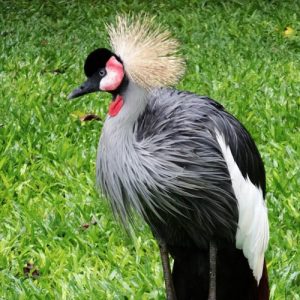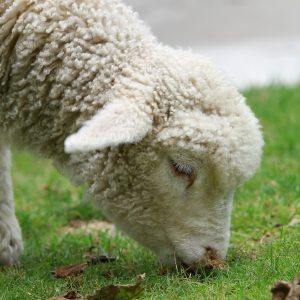COURSE CONTENT
There are six lessons in this course as follows:
- Living Things
- Classification of plants and animals
- identifying living organisms
- using identification keys
- Basic Ecology
- Populations
- communities
- ecosystems
- constituents of ecosystem
- the ecosphere
- the web of life
- habitats and niches
- humans in the environment.
- Global Environmental Systems
- The Earth’s structure
- the atmosphere
- climatic systems
- Gaia theory
- the carbon dioxide cycle
- El Nino.
- Environmental Problems
- Deforestation
- loss of agricultural land
- loss of biological diversity
- loss of water
- loss of non renewable resources
- environmental weeds
- the Greenhouse Effect
- Ozone depletion
- ozone as a Greenhouse gas
- Conservation
- The definition and goals of conservation
- the history of conservation
- natural resources (renewable and non renewable).
- Acting Locally: Thinking Globally
- Humans and water
- how to minimize water usage
- energy use in the home
- reducing household waste
- domestic transport and its affect on pollution
- building materials and their environmental impact.
AIMS
- To understand the binomial system of classifying living things
- To understand the use of keys to identify living things
- To grasp the basics of ecology (the relationships between living organisms and their environment)
- To have a basic grounding in Earth Science and an understanding of global environmental systems
- To understand the Earth’s major environmental problems and how they have come about
- To gain an understanding of conservation and its importance to individuals and the world
- To learn a range of ways to reduce the environmental impact of ones’ actions at home and globally
WHAT YOU WILL DO IN THIS COURSE
Here are some of the things you may do throughout this course:
- Classify a range of living organisms in your locality
- Identify the genus and species names of plants in a nursery
- Compose a food web for your local area
- Carry out basic research into the weather in your area and what affects it
- Carry out in depth research into at least one major environmental problem
- Contact three conservation organisations to determine the issues they deal with
- Survey a building to determine the types of building materials used
- Design an environmentally friendly house





